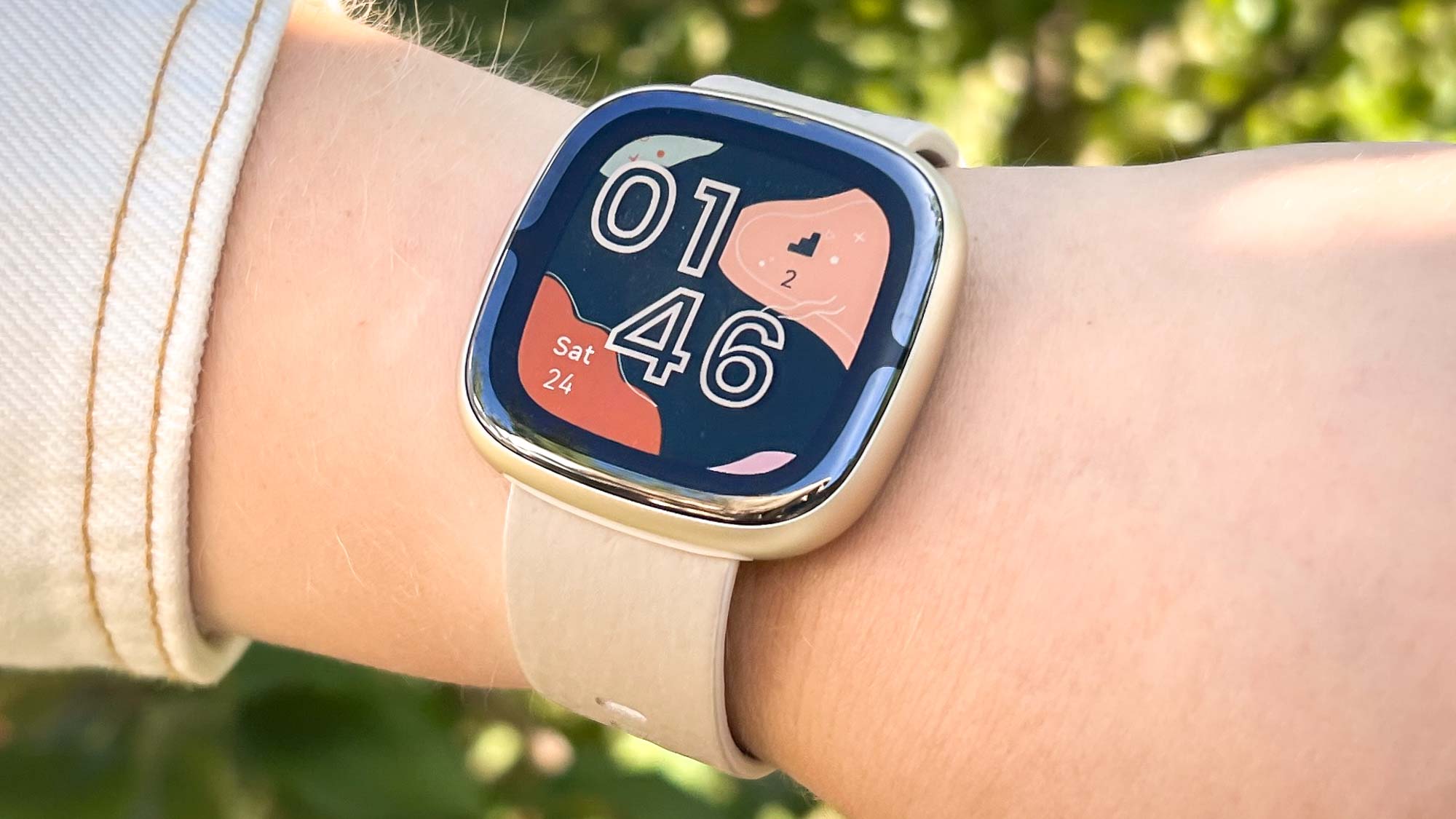iOS 16.3 available now — here are the new features for your iPhone
A handful of new additions and bug fixes are now available for your iPhone
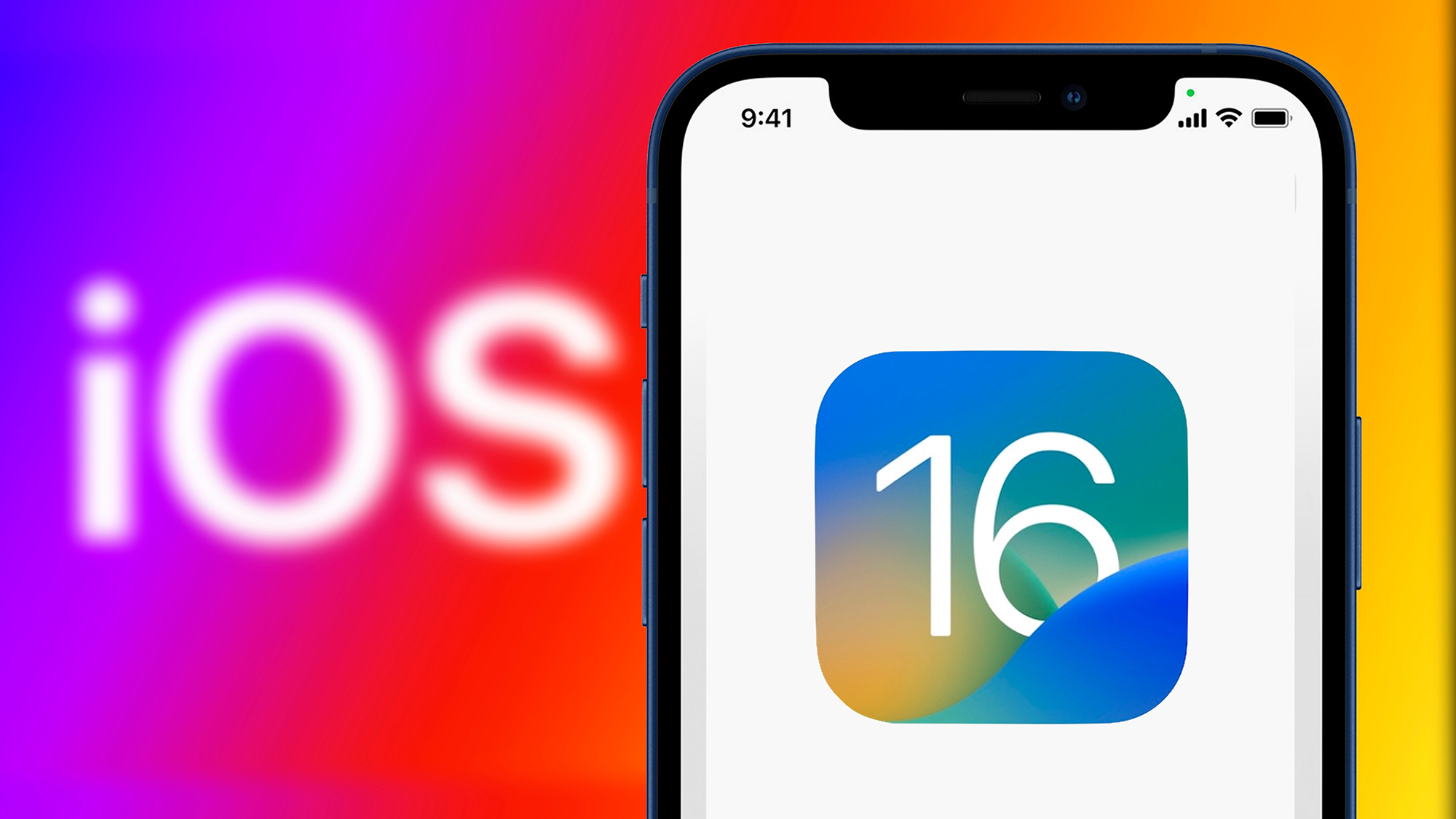
Update: iOS 16.3.1 has now dropped, bringing a few more refinements.
iOS 16.3 is here for your iPhone, bringing a few new features, some bug fixes and some tie-ins for Black History Month.
Word of iOS 16.3's release comes from Apple itself. Besides spotlights on curated content in the Music, TV, News and Podcasts apps, Apple is adding a Unity watch face and iPhone wallpaper that incorporates colors of the Pan-African flag.
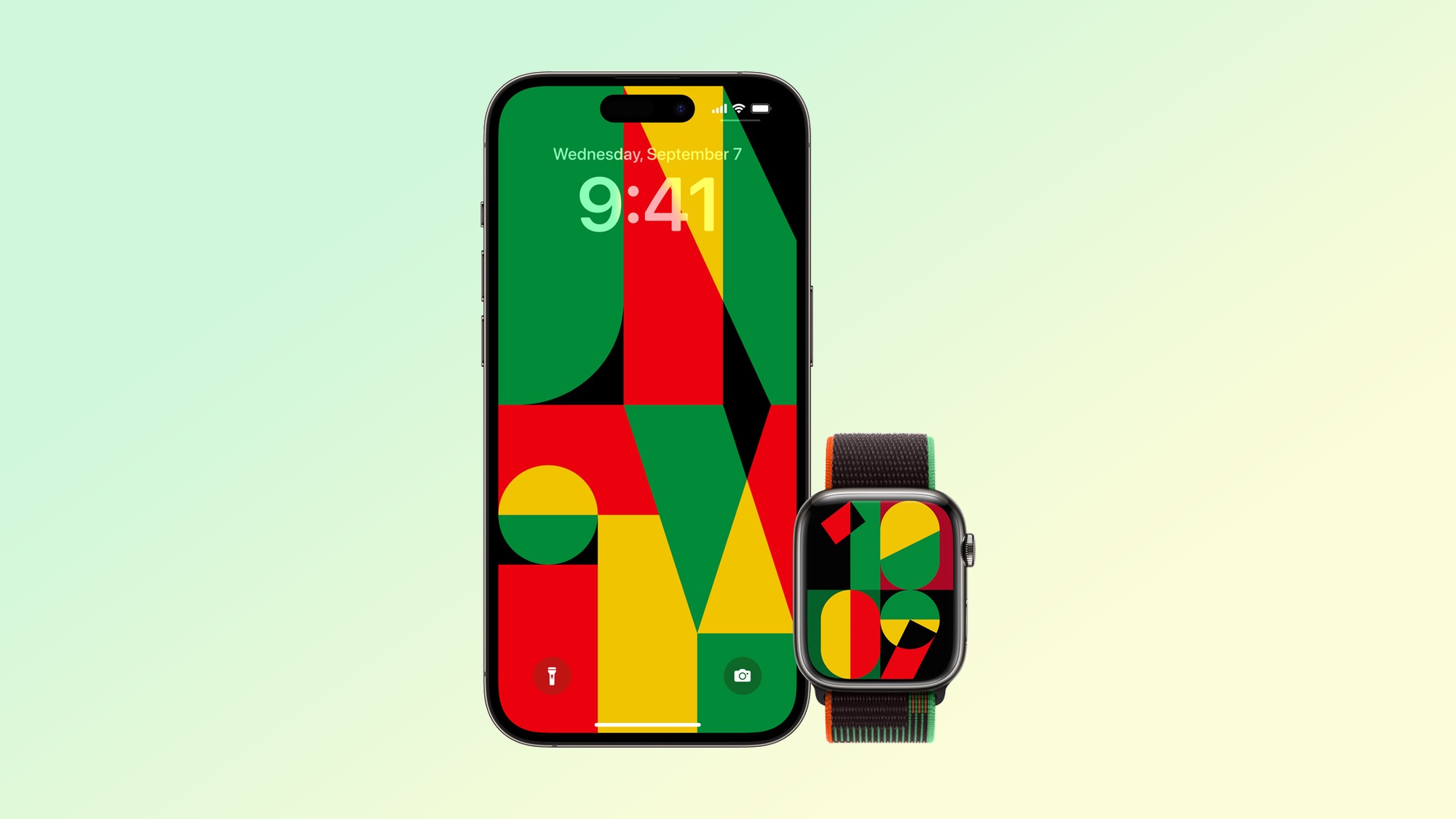
Both the Unity 2023 watch face and Unity iPhone wallpaper will require iOS 16.3.
If you've been following the iOS 16.3 beta process, you know that there's not a whole lot of major features planned for this release. But Apple does have some additions set to go live once iOS 16.3 lands on your iPhone. Here are the new iOS 16.3 features for your iPhone.
iOS 16.3: Security key authentication for Apple ID
Users looking for an extra layer of security between ne'er-do-wells and their Apple ID data can now add security key authentication thanks to iOS 16.3.
Apple announced this at the same time it revealed the addition of Advanced Data Protection for iCloud, which arrived for U.S. iPhone owners in iOS 16.2. That feature launched for iPhones, iPads and Macs in late January alongside the release of iOS 16.3 and MacOS 13.2.
Sign up to get the BEST of Tom's Guide direct to your inbox.
Get instant access to breaking news, the hottest reviews, great deals and helpful tips.
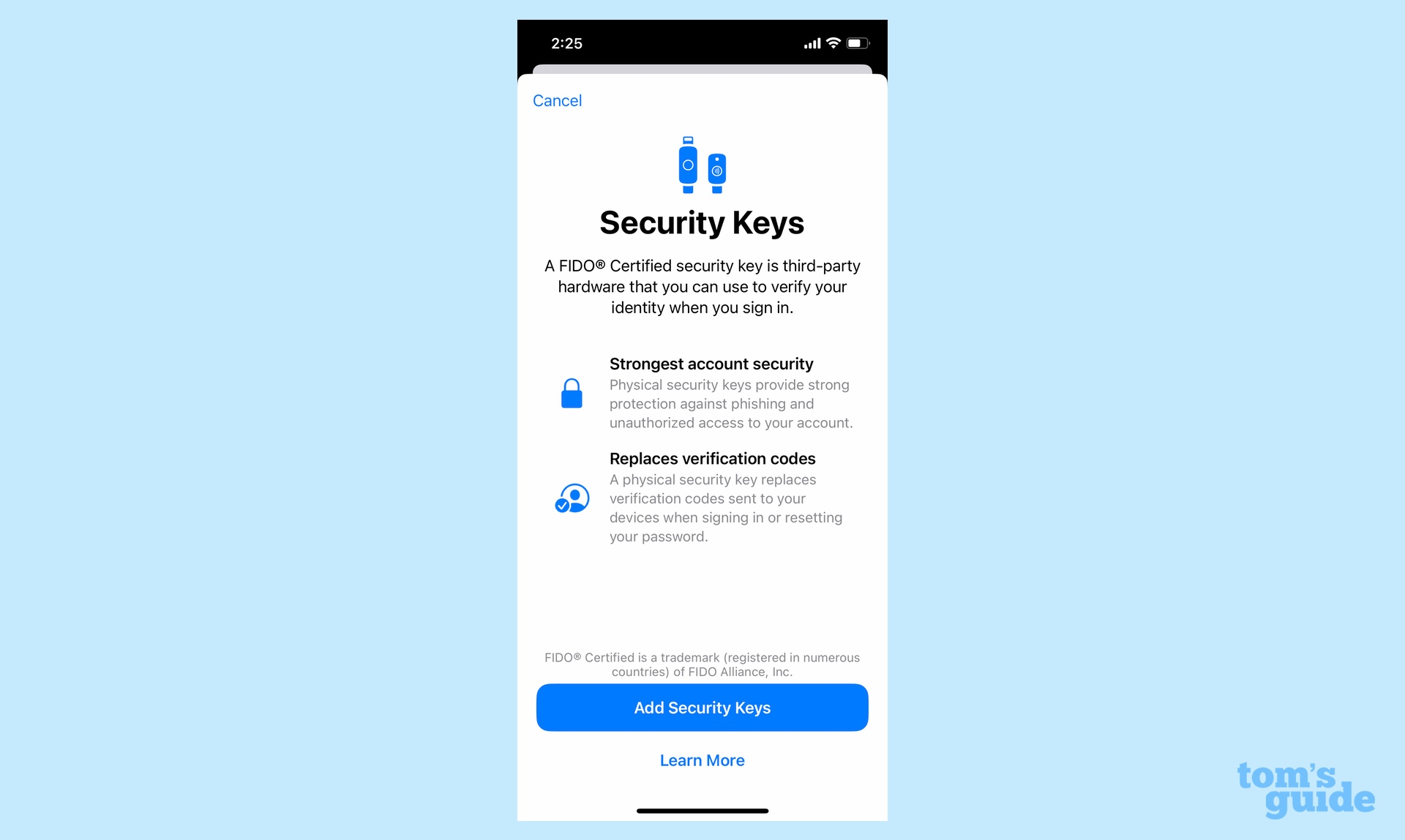
Physical security keys are meant to augment Apple's existing two-factor authentication for Apple ID, particularly for iPhone owners whose public profile makes them likely targets for hackers. Think celebrities, politicians and — looks around nervously — journalists.
When this feature is enabled, you'll need a physical security key as one of the two factors for signing into your Apple ID account. For more information on how this all works, see our guide to iOS 16.3 and hardware security keys.
iOS 16.3 Global Advanced Data Protection
As we mentioned above, the iOS 16.2 update gave U.S. iPhone owners access to Advanced Data Protection. That's a new security feature brings end-to-end encryption to Apple's iCloud storage service, protecting info you're stored in the cloud (with the exception of Mail, Contacts and Calendar data).
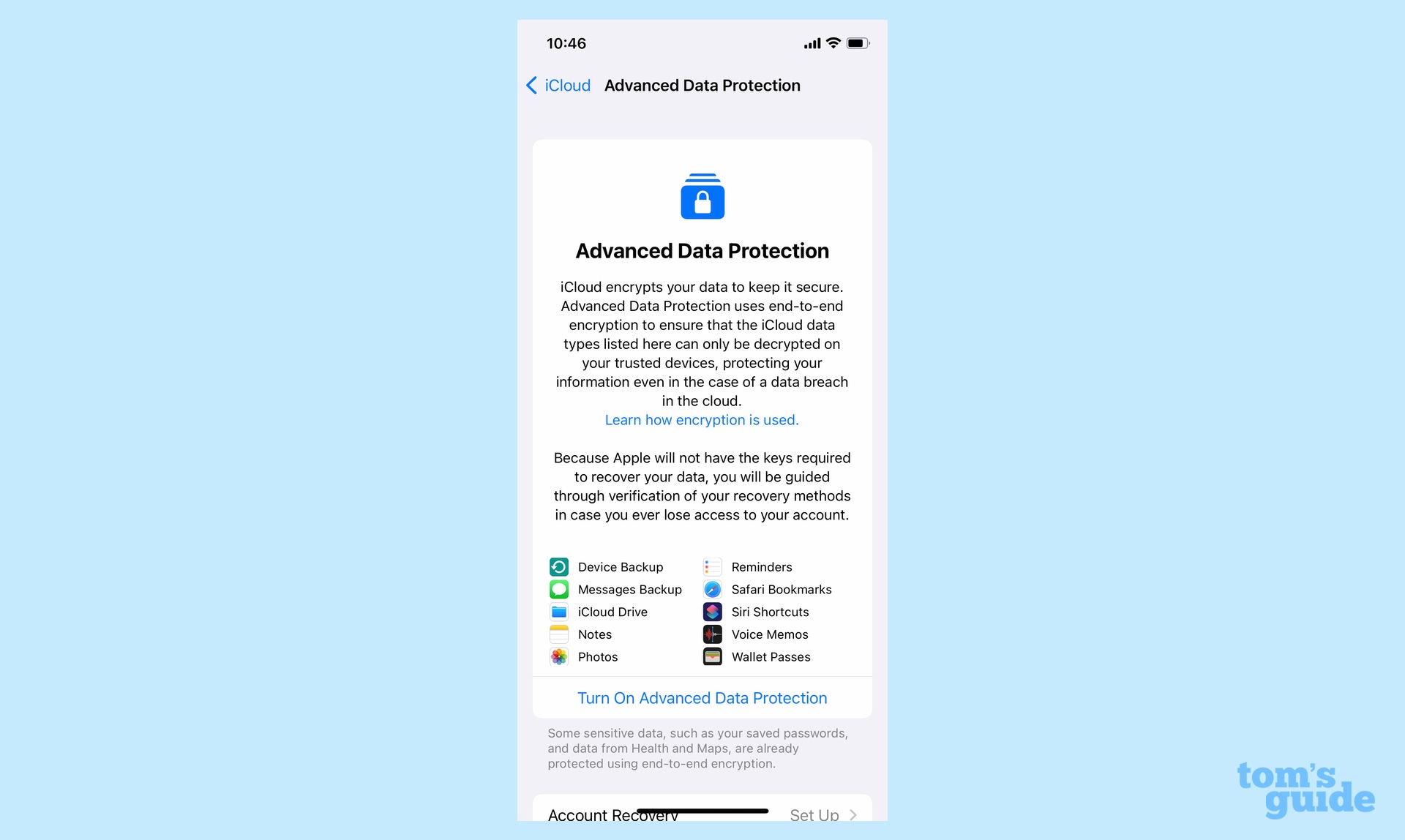
Apple had promised to bring Global Advanced Data Protection to other parts of the world with a future iOS update, and based on comments from people who've been using the iOS 16.3 beta, that time has come. As before, to enable Advanced Data Protection, launch Settings, tap on your name, followed by iCloud. From there, you can turn on the security feature.
iOS 16.3: New Emergency SOS via satellite call modes
iPhone 14 users already have access to Emergency SOS via satellite if they need help while in a remote location, but iOS 16.3 is adding two new ways to access it.
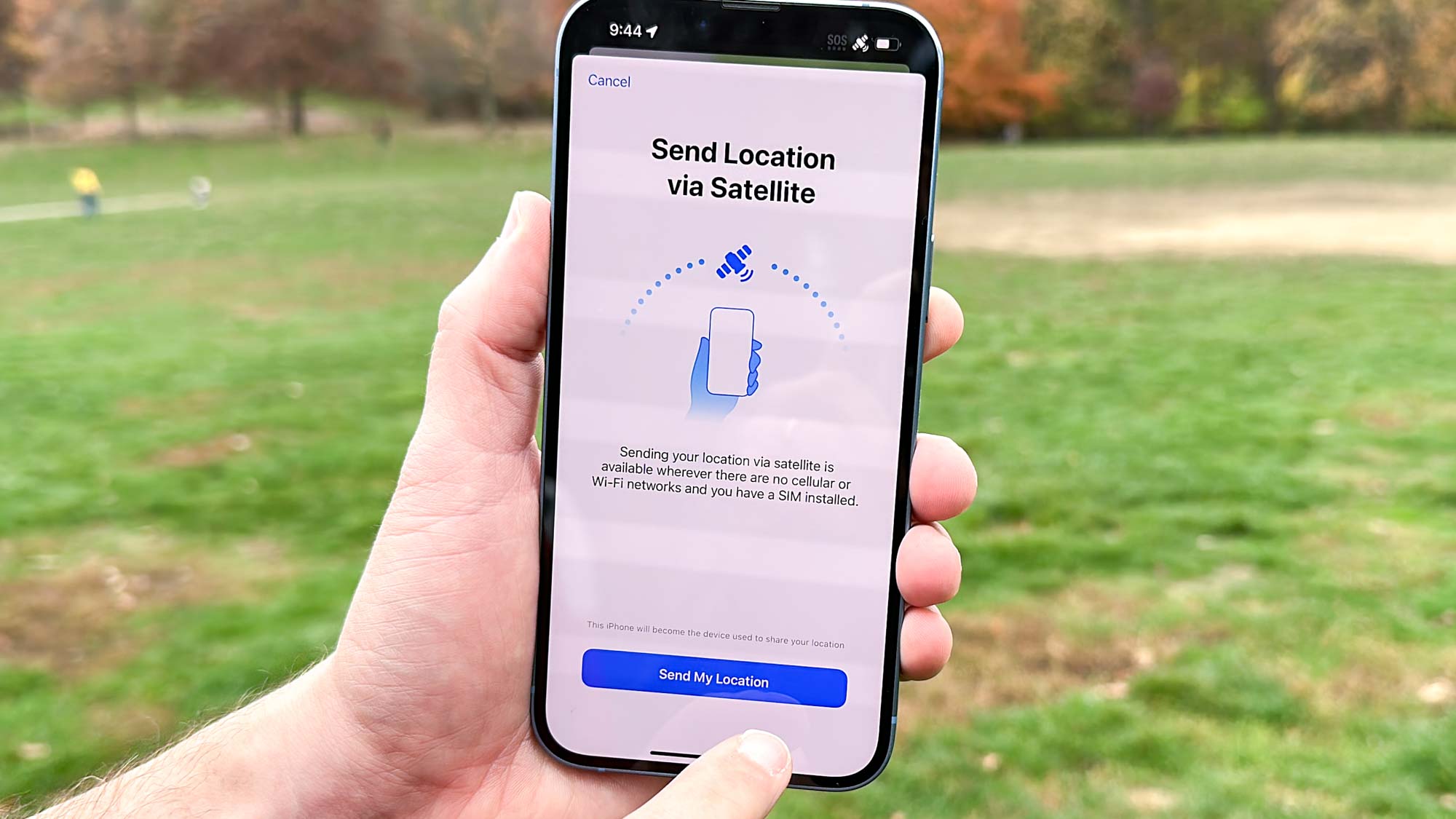
Call with Hold and Release replaces the existing Call with Hold function, letting you access Emergency SOS and an alarm after holding down the power button and a volume button. The previous Call with Hold function required you to use a call slider to make an emergency call, something that wouldn't necessarily be doable depending on your situation.
The other new option is Call Quietly. This lets you make an emergency call without setting off an alarm, in case that wouldn't be useful or could endanger you further.
Improved HomePod Handoff in iOS 16.3
There's an enhancement to the Handoff feature that transfers control of music playback from an iPhone to a HomePod speaker, an especially timely addition given this week's arrival of the Apple HomePod 2. While Handoff has existed for some time, iOS 16.3 introduces a new guide that more clearly shows HomePod owners how to use the Handoff capability.
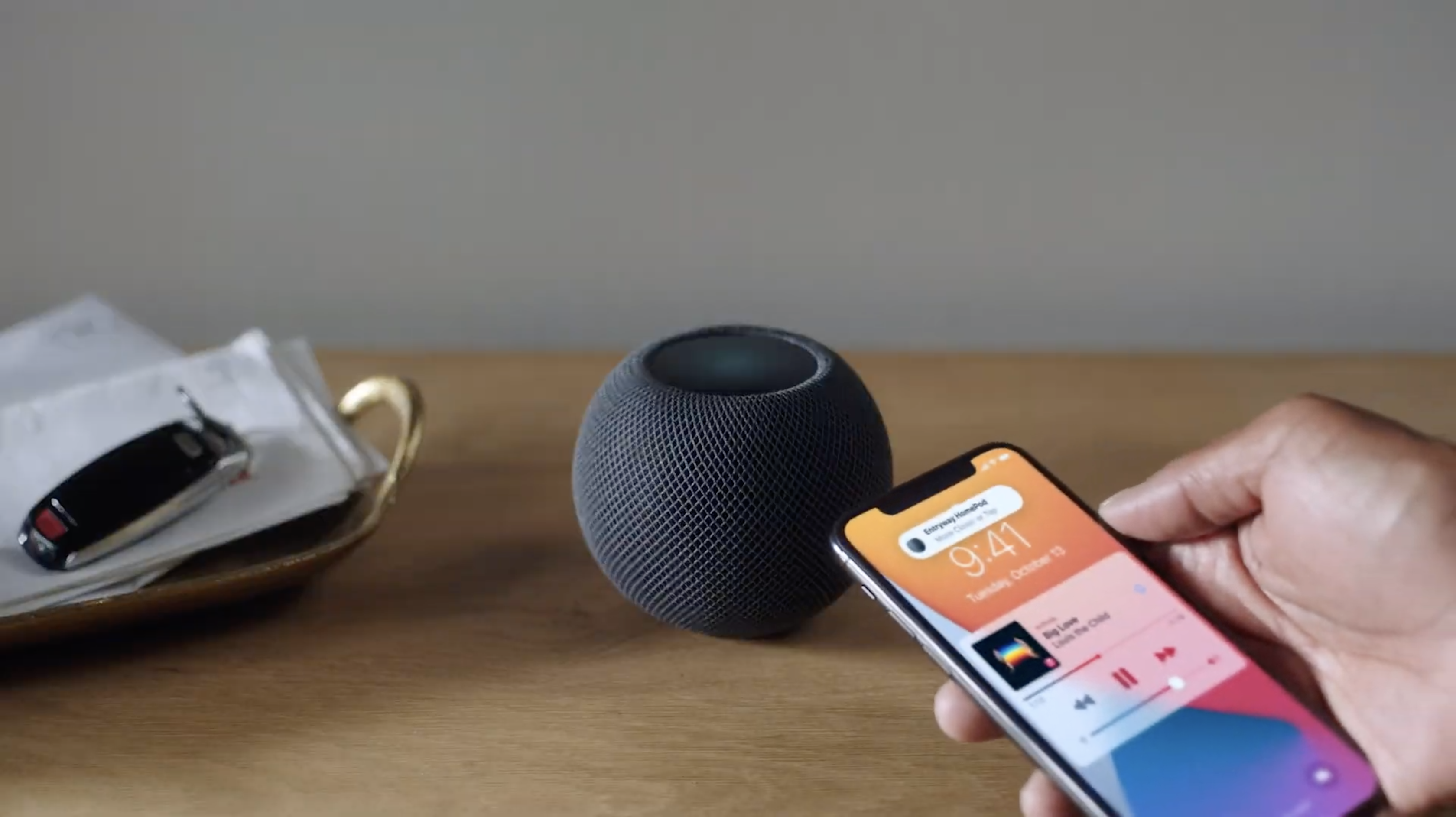
The guide tells you to bring your iPhone within range of the HomePod to view your playback controls or pass audio playing on your phone to the smart speaker. It also tells you to do this again if you want to see the controls or transfer the audio back again later.
iOS 16.3: Classic iPhone wallpapers get widgets
One of the biggest upgrades iOS 16 brought was customizable lock screens and the ability to add different widgets. Somehow, Apple excluded classic iPhone wallpapers from this but luckily with iOS 16.3, these classic wallpapers will now get widgets.
There is one caveat though — apparently only users who had one of the classic wallpapers on their iPhone while updating to iOS 16 will be able to access this feature. In case you updated your iPhone to iOS 16 and had another new wallpaper on, you won't be able to customize these classic wallpapers.
iOS 16.3 bug fixes
iOS 16.3 release notes detail several fixes coming via this software update. The biggest one involves a bug where horizontal lines would appear on some iPhone 14 Pro Max models as the phones were waking up. Additionally, iOS 16.3 fixes assorted issues involving Siri, Car Play and the iPhone lock screen.
iOS 16.2 included a new architecture for Apple's Home app, but just as quickly as that feature arrived, Apple pulled it from the iPhone software. Users complained of some HomeKit devices becoming stuck in an "updating" or "configuring" status, while other devices were missing entirely from the Home app, among other bugs. The new architecture returns in iOS 16.3, presumably now that Apple's ironed out those issue.
What's still missing
Even though iOS 16 has been around since the fall of 2022, not all the features Apple has promised are live yet. We're still waiting on the launch of a dedicated Apple Music Classical app, though there are reports that the iOS 16.3 release candidate contains code hinting at such a service.
Apple Pay Later, which lets you break up payments through Apple Pay into four installments, has yet to launch as well. Perhaps that will be a part of iOS 16.4, which will likely appear in beta form not long after iOS 16.3's release.
Philip Michaels is a Managing Editor at Tom's Guide. He's been covering personal technology since 1999 and was in the building when Steve Jobs showed off the iPhone for the first time. He's been evaluating smartphones since that first iPhone debuted in 2007, and he's been following phone carriers and smartphone plans since 2015. He has strong opinions about Apple, the Oakland Athletics, old movies and proper butchery techniques. Follow him at @PhilipMichaels.
- Richard PridayAssistant Phones Editor

